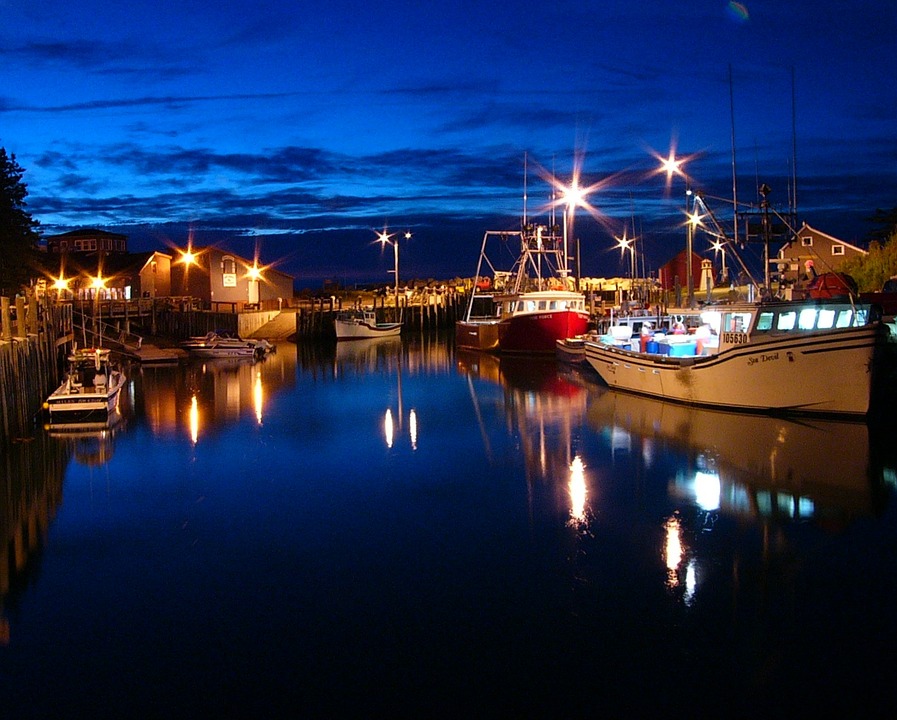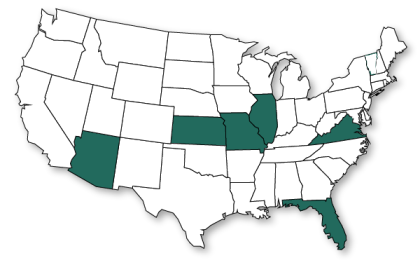A warm evening in Missouri can be a wonderful time for a cruise on your boat. But, just like when you’re driving a car after sundown, it’s important to make some adjustments to keep yourself and others safe.
Here are some tips to ensure you’ll make it back to shore to enjoy the rest of your evening:
Before You Get on the Boat
Know where you’re going. Everything looks different when it’s dark, so stick to familiar places when you’re on the water at night. A GPS device and a good old-fashioned compass are good things to have on hand to help with navigation.
Make sure someone else knows where you’re going. Give a “float plan” to a trusted friend or family member. Include your intended route, your boat’s registration details and description, the names of passengers and when you plan to return. Nobody will know if you’re missing if they don’t know you’re gone!
Have the right safety equipment. You need navigation lights that work (test them before you go), a horn or other sound-producing device, a radio, a flashlight, flares and fire extinguishers. And don’t forget life jackets — for everyone on board.
Check the forecast and your fuel. Getting caught in a storm or running out of fuel can be even more dangerous and troublesome at night. Visibility is already hampered, and a storm will only make things worse. If you’re stranded without fuel, help may take longer to respond.
Once You’re Afloat
Watch your speed. You can’t see as well at night, and there’s no road to give you an indication of where other vehicles and obstacles might appear suddenly. Take it slow, and always obey speed limits.
Watch the lights. You should already know what the lights on other boats indicate — now you have to look for them. Lights from anchored or drifting boats can be particularly difficult to differentiate from lights onshore.
Avoid distractions — and drinking. Drinking while operating a boat puts you and other people at risk, so don’t do it. And, since your vision is limited at night, sound becomes more important. A loud stereo could drown out the horn of an approaching boat.
Above all, remember that it’s not just you out there. There may be all kinds of vessels in the water, depending on where you are, from commercial ships to kayaks. So be mindful of the right-of-way rules, keep your distance when passing others and be courteous.
There’s room for everyone on the water, as long as you keep an eye out for each other!



